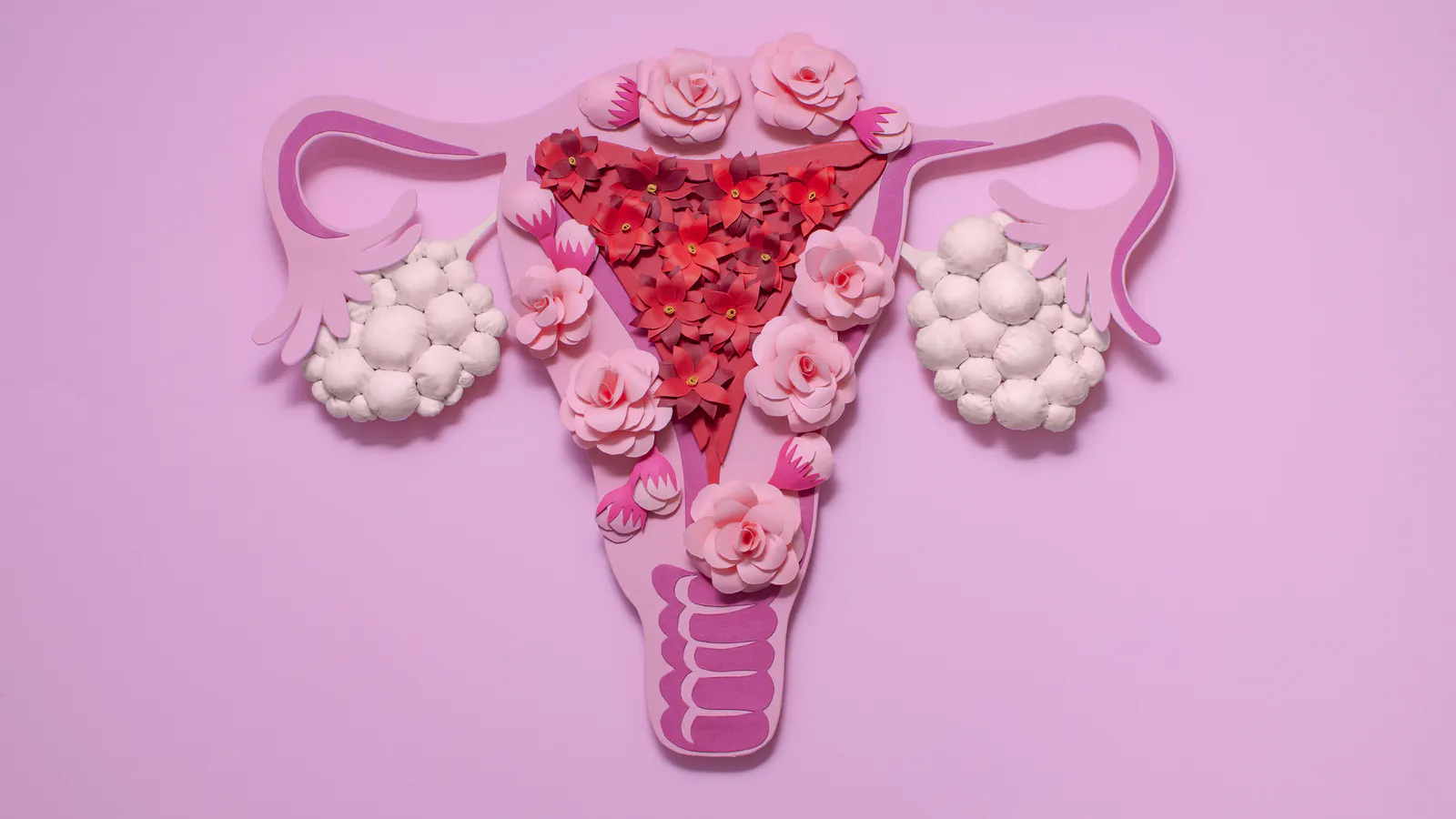PCOS + HAIR LOSS
As with most hormonal imbalances, Polycystic Ovarian Syndrome (PCOS) comes with less-than-pleasant symptoms: irregular periods, unintended weight gain, increased acne — the list goes on.
While excess body and facial hair is another difficult symptom that those with PCOS deal with, there's a sign on the flip side of that coin too: hair loss.
This hair loss or thinning hair due to PCOS is commonly known as female-pattern baldness or androgenic alopecia. Here's what you need to know about PCOS and hair loss, including why it happens and what you can do about it.
WHAT IS PCOS?
Polycystic ovary syndrome is a condition that affects how the ovaries work. PCOS is a problem with hormones that affects women during their childbearing years (ages 15 to 44).
Many women have PCOS but don’t know it.
PCOS affects a woman’s ovaries, the reproductive organs that produce estrogen and progesterone — hormones that regulate the menstrual cycle. The ovaries also produce a small amount of male hormones called androgens.
Its three main features are:
cysts in the ovaries
high levels of male hormones
irregular or skipped periods
WHY DOES PCOS CAUSE HAIR LOSS?
It's all about hormones.
PCOS can contribute to hair loss as PCOS is associated with higher than normal levels of testosterone, which affects hair growth. This comes under the umbrella of Androgenic Alopecia, with a common symptom of hair loss around the front of the scalp.
However, hair loss is actually not a common side effect of PCOS, as compared to excess hair growth, because in order to have this type of hair loss, your androgen levels have to be pretty high.
Regardless of whether or not you have PCOS, people of all genders produce androgens, including testosterone, though men typically produce more (which is why you may sometimes hear androgens referred to as "male" hormones). Androgens are involved in the onset of puberty and initiate hair growth in the underarms and pubic areas. If you have PCOS, your body will experience extra androgen production, which will trigger excess hair growth in places like your face, neck, chest, and torso.
HOW CAN IT BE TREATED?
In cases of male-pattern baldness, there's a complete loss of the hair follicle, meaning hair can never grow back in that spot naturally. With female-pattern baldness, that's not the case — the hair follicle remains alive, so there's a possibility of restimulating hair growth with certain treatments.
At The Hair Loss Clinic, treatment plans for PCOS-related hair loss are tailored to each specific patient, depending on how bothersome or severe the hair loss is.
Starting a birth control regimen is another commonly-used tactic for treating PCOS and its various symptoms. Birth control helps to lower testosterone by increasing globulin.
That, of course, brings us to other remedies for boosting hair growth and hair supplements — supplements and foods which contain vitamins like biotin, collagen, and zinc have all been linked to the possibility of stimulating hair growth.
Whichever treatment you choose, it's important to remember that patience is key. The reason for this is that the hair growth cycle itself isn't fast and takes a few months regardless of circumstances. It can be frustrating for someone going through this to wait for treatment to take effect.
To book a consultation with Hannah, click here.
